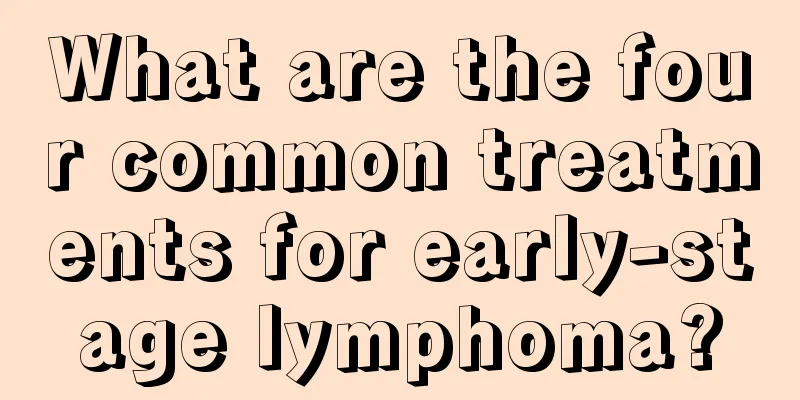Introducing the main symptoms of testicular cancer

|
I believe everyone has deeply felt the harm that diseases can cause to the body. Cancer is the most difficult disease to treat and recover from. In today's society, due to pollution and various dietary factors, the incidence of cancer is increasing year by year. Testicular cancer is a malignant tumor exclusive to men. Below, we will introduce the main symptoms of testicular cancer. The most common symptom is a gradual, painless enlargement of the testicles with a feeling of heaviness. The enlarged testicles of seminoma often maintain the testicular contour and have a consistent texture, while teratoma is nodular and has inconsistent hardness and softness. About 10% of patients feel pain due to intratesticular bleeding or infarction, and 10% of patients may have metastatic symptoms, such as large retroperitoneal lymph node metastasis, compression of nerve roots, back pain, lung metastasis may cause cough and dyspnea, duodenal metastasis may cause anorexia, nausea and vomiting, bone metastasis may cause bone pain, etc. Testicular Leydig cell tumor should be considered when children have testicular masses and symptoms of precocious puberty, or adults have gynecomastia and loss of libido. Testicular tumor is one of the common tumors in urology. It is almost always malignant, and there are three peaks in the age of onset: yolk sac tumor (infantile embryonal tumor) is the most common in infancy; various types of testicular tumors can be seen between the ages of 20 and 40, but seminoma is still the most common, and seminoma is the main tumor after the age of 70. Its cause is still unclear, and it is currently believed that its onset is related to both genetic and acquired factors. Among them, it is most closely related to cryptorchidism. The chance of cryptorchidism developing tumors is 10 to 14 times greater than that of normal people. Cryptorchidism in the abdominal cavity is higher than that in the groin. Testicular fixation does not reduce the incidence of malignant changes, but it can make tumors easier to detect. The cause of testicular cancer is still unknown, and it is currently believed that its onset is related to both genetic and acquired factors. Among them, cryptorchidism is the most closely related. The chance of developing tumors in cryptorchidism is 10 to 14 times greater than that in normal people, and cryptorchidism in the abdominal cavity is more likely than in the groin. |
<<: Introducing the symptoms of testicular cancer
>>: How to take care of yourself if you have testicular cancer
Recommend
What should I do if my gums hurt? These methods can help you
Gum pain is very common and is related to many fa...
How to treat central lung cancer in the right lower lobe? Check out 4 effective methods for treating lung cancer
When elderly people suffer from central lung canc...
What are the obvious symptoms of lung cancer? Several clinical symptoms of lung cancer
In the late stage of lung cancer, due to loss of ...
What are some good ways to correct amblyopia?
Amblyopia is a common disease among children. We ...
Dangers of electric lunch boxes
An electric lunch box is a small household applia...
What to do if the bone doesn't heal
During daily activities, people often encounter v...
What are the causes of liver cancer?
When it comes to cancer, everyone will be very sc...
What's going on with something in my throat?
The cold weather in winter often leads to disease...
Will vocal cord leukoplakia definitely turn into laryngeal cancer?
Vocal cord leukoplakia does not necessarily turn ...
What is the treatment for pharyngitis
Pharyngitis is not unfamiliar to many people. The...
If you want to detect hypothyroidism early, you should pay attention to self-examination of thyroid disease
In real life, many people usually feel that there...
Is intrahepatic bile duct stone serious? How are intrahepatic bile duct stones formed?
Intrahepatic bile duct stones are a common diseas...
What are the prevention methods for ovarian cancer
With the progress of the times, people's livi...
How to check for skin cancer at the hospital
Skin cancer is a very common cancer. In recent ye...
How to treat cerebral palsy caused by suffocation?
Cerebral palsy, also known as infantile cerebral ...









